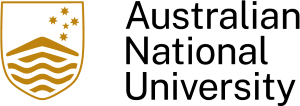
The NCIG Collection
The National Centre of Indigenous Genomics have grown a collection of samples over the years. Learn more about them.
The NCIG Collection consists of biological samples (mostly blood) obtained from approximately 7,000 Indigenous Australians, from around 35 communities for the purposes of scientific research between the 1960s and 1990s. The process of collection generated extensive documentation, and the output of new research using consented parts of the collection is now generating genomic data. Thus, today the ‘NCIG Collection’ holds three types of content: biological samples, documents and data.
Collection sites
The collection was assembled by Professor Bob Kirk over several decades. Professor Kirk travelled extensively through remote Western Australia, the Northern Territory and elsewhere in the course of his work with the University of Western Australian and later The Australian National University. Collaborating research partners also contributed samples into his safekeeping. This map shows the sites at which biological samples were collected.
Document archive
Whilst the genome database is a resource of immense importance to medical and scientific researchers, the document archive will be of interest to a wider circle of Australians. The documents are a rich source of genealogical, historical and anthropological information, whether for academic research or personal interest. Not all documents in the archive will be available on-line, as befits the privacy rights of individuals.
The records make it possible for NCIG to seek ‘re-consent’ of the samples for use in new research. This has been occurring using a phased approach, described in Community Outreach.
Access
The archive project was funded by $200,000 provided by the Australian National Data Service (ANDS).
